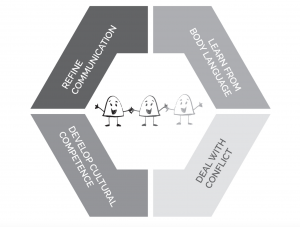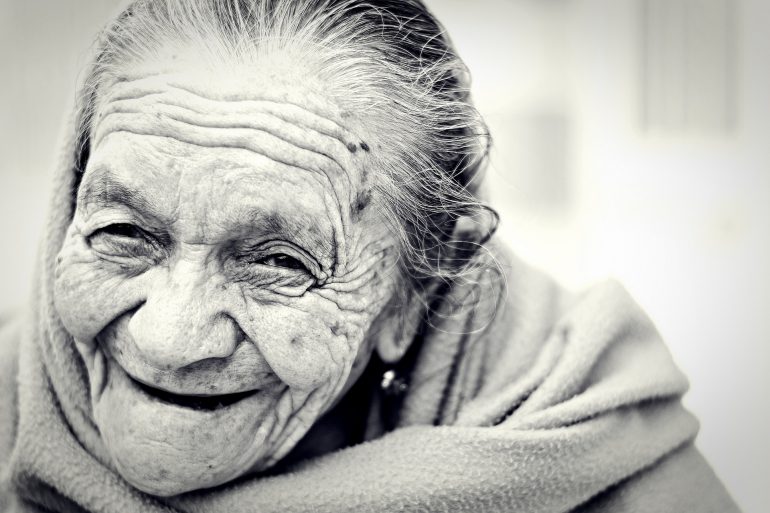Did you know that according to experts, 65% of communication is delivered and received nonverbally – in our posture, gestures, facial expressions, and eye movements? 65%!! Because of this learning from body language is one of the four strategies for how to build community that Elena Aguilar shares in Chapter 4 of Onward.
 Body Language plays a role in building community in these ways:
Body Language plays a role in building community in these ways:
- When we talk with someone and perceive a mismatch between his selection of words and his body’s nonverbal, our trust in the other person diminishes.
- When our own body language doesn’t match what we’re saying, others won’t trust us as much.
- If we can’t read a person’s nonverbal, we feel uncomfortable around her.
- When we misinterpret someone else’s body language, we can miss an opportunity for connection or can even take actions that have a negative impact on the other.
Elena goes on to share that body language is both universal and cultural. The fact that many expressions of emotions are shared cross-culturally allows us to more accurately interpret the cues of others, to express our own, and to have some assurance that regardless of language or culture, we can communicate. For these reasons, I found this article The Universal Language of Facial Expressions in Psychology Today to be fascinating. The article shares how “researchers have found that the human brain is pre-wired to view wrinkles around the eyes as the key to conveying sincere and intense emotions of both happiness and sorrow.” Nour Malek said, “These findings provide evidence of a potential universal language for reading emotions. In other words, a given facial action may have a single role across multiple facial expressions—especially if that facial action shapes your social interactions. For example, knowing if a stranger’s smile is genuine and whether that person can be trusted, warns you whether you should evade or not.”
So much to learn about how you express yourself through nonverbal and the impact that might have on the relationships you form with others, and how you interpret the nonverbal of others and those interpretations might influence your relationships with others.

